The second Saturday in January is coming up fast! The Copper Basin 300 kicks off on Saturday, 11th January at 10am local time. It is one of the kennel’s favourite races and we have had great success in this race with Allen being an six-time champion and Aliy having several top five and ten finishes. It has also been a tremendous proving ground for some of our youngsters over the years, canine and human!
This year will be a little different in that only Aliy and her 12 team mates will be racing.
We often talk about how this race is touted as the toughest 300 miles in Alaska. In fact, we reckon it should be a compulsory race for any aspiring Yukon Quest or Iditarod mushers as it traverses some of the most challenging but also the most beautiful parts of the state and is an excellent test of musher and dogs. It is very dark in Alaska in January and very often, extremely cold so it really is a tough 300 miles for mushers, dogs, handlers and volunteers.
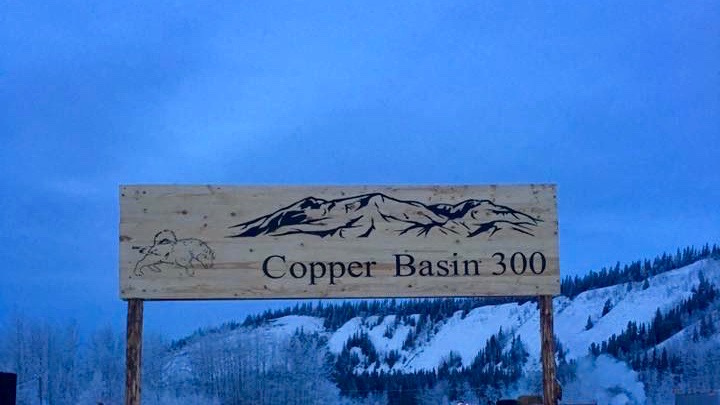
The handler crew will be helmed by Karolyn, ably supported by Ryan who, among many other things will be keeping the truck running. Lisa will supply some updates and photos to Moira who will be following along from NZ and updating here and our Facebook page.
Preparations
Aliy has been preparing herself and the team for the last month or two with training trips to the White Mountain to climb some big hills, and work on speed and endurance around the local Two Rivers trails. She still has a big squad to choose from and as the week progresses she will finalise the team line-up and taper their training so they are fit and ready to go at the start line on Saturday. We will let you know the final team decision on Saturday morning.
Final preparations this week will revolve around packing supplies including dog equipment (booties, harnesses, jackets), food (meal sized portions of kibble, meat snacks and human food) and other equipment (spare socks, gloves etc) into the drop bags that will be sent ahead of the teams to the checkpoints. Mushers also send ahead fuel for their cookers so they can make hot meals for the dogs and themselves. Aliy will pack her sled with essentials and mandatory gear (sleeping bag, hand ax, snowshoes, cooker and fuel, food for dogs and musher plus spare booties) and gather her personal clothing and equipment.
Race Route
To mix things up a bit, this year the CB300 is racing clockwise around the route. A reversal from the last few years. The teams will start at two minute intervals on Saturday morning in Glennallen and head 75 miles towards Lake Louise (The Point Lodge), then travel 55 miles to the checkpoint at Sourdough (Sourdough Creek BLM Campsite). Team travel another 40 miles to Meiers Lake (Meiers Lake Roadhouse) and 68 miles to Chistochina (Red Eagle Lodge) with the final leg of 50 miles back to Glennallen (Old Paths Baptist Church).
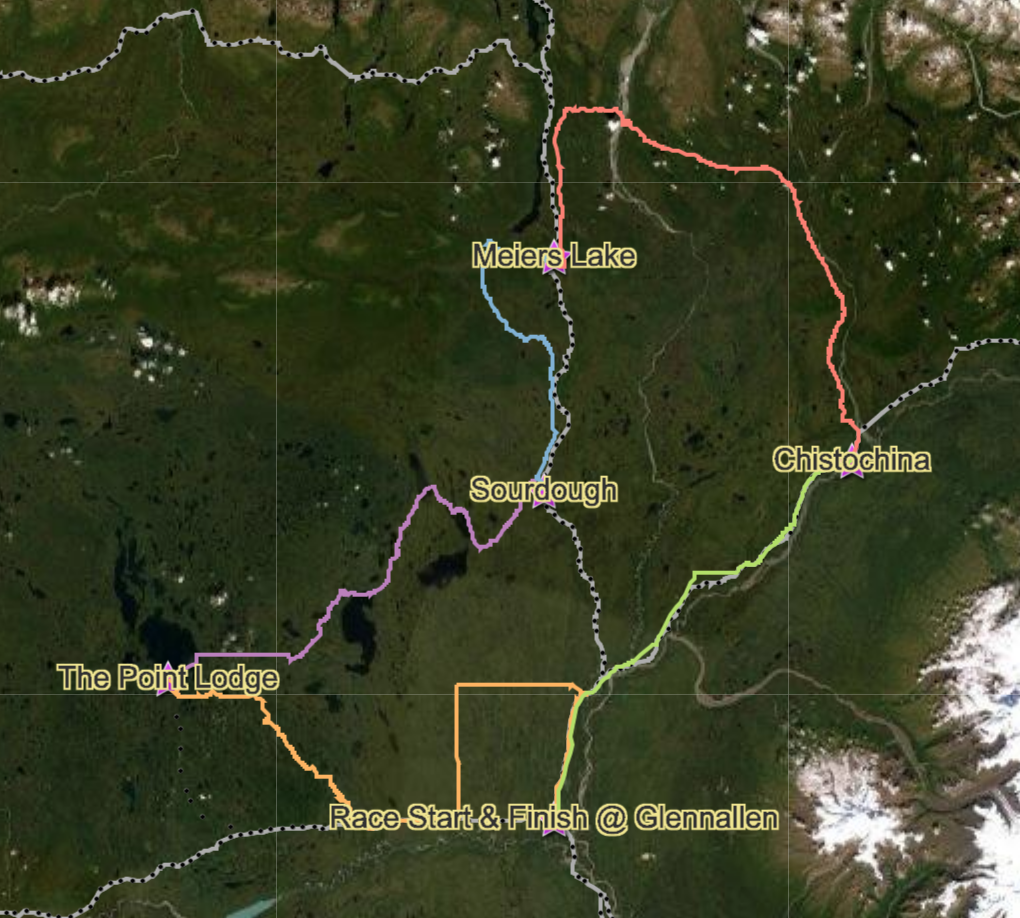
Total race trail distance from start to finish is approximately 288 miles. All teams must take at least 18 hours of layovers (plus start differential). They have one mandatory layover of six hours plus start differential at any checkpoint. The additional accumulation of 12 hours can be taken at any of the checkpoints in 30 minute increments.
Find out more about the route by visiting the CB300 website. They have a great interactive route map you can zoom in and out on to give you more idea of the terrain and give detailed race route details.
Coverage
We will be covering the race through – as always – an SPK-centric lens and will bring you updates from the trail. Check back with us here often and also on our Facebook page.
For the best overall race updates keep an eye on the CB300 website, especially their current standings page and their Facebook page. Every musher will be tracked by GPS so ensure you have that link bookmarked! It will become live closer to the time.
For the last few years the local Glennallen radio station KCAM has live streamed the start and finish of the race plus giving updates through the weekend and you can tune in on-line. They have really knowledgeable commentators and are great supporters of the race. You can also keep an eye on the weather in the area with this link.
You might also like to support the race directly through their “sponsor a mile” program. It is a well-run and managed race with many great people involved. Thanks to several of you who already have! There is also some supporters gear available to purchase on-line.
We will post again, closer to kick-off with a race roster and updates.

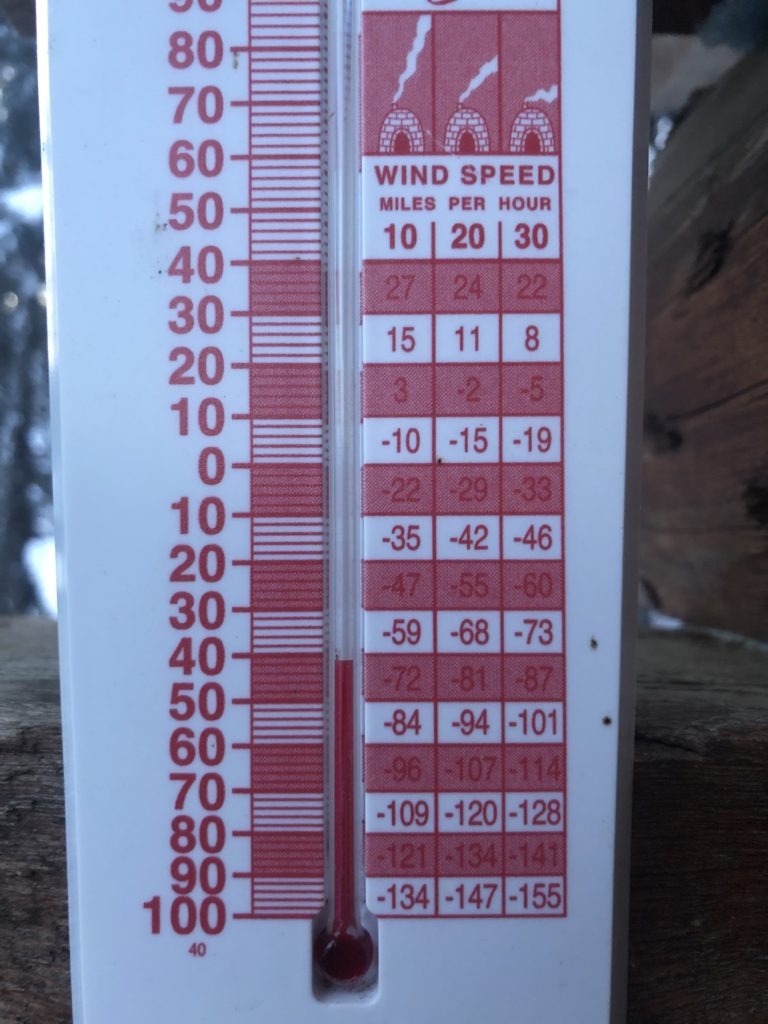
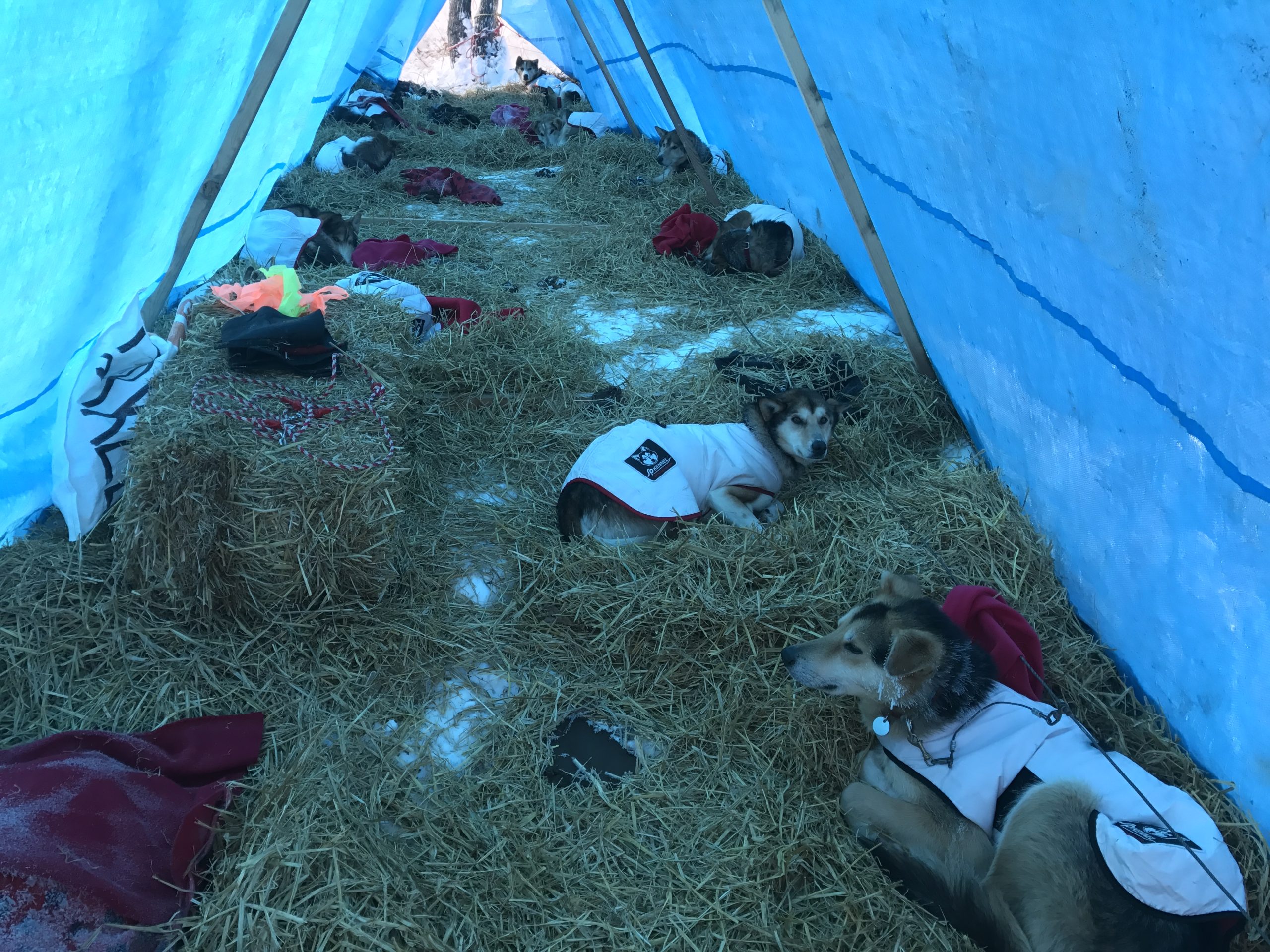
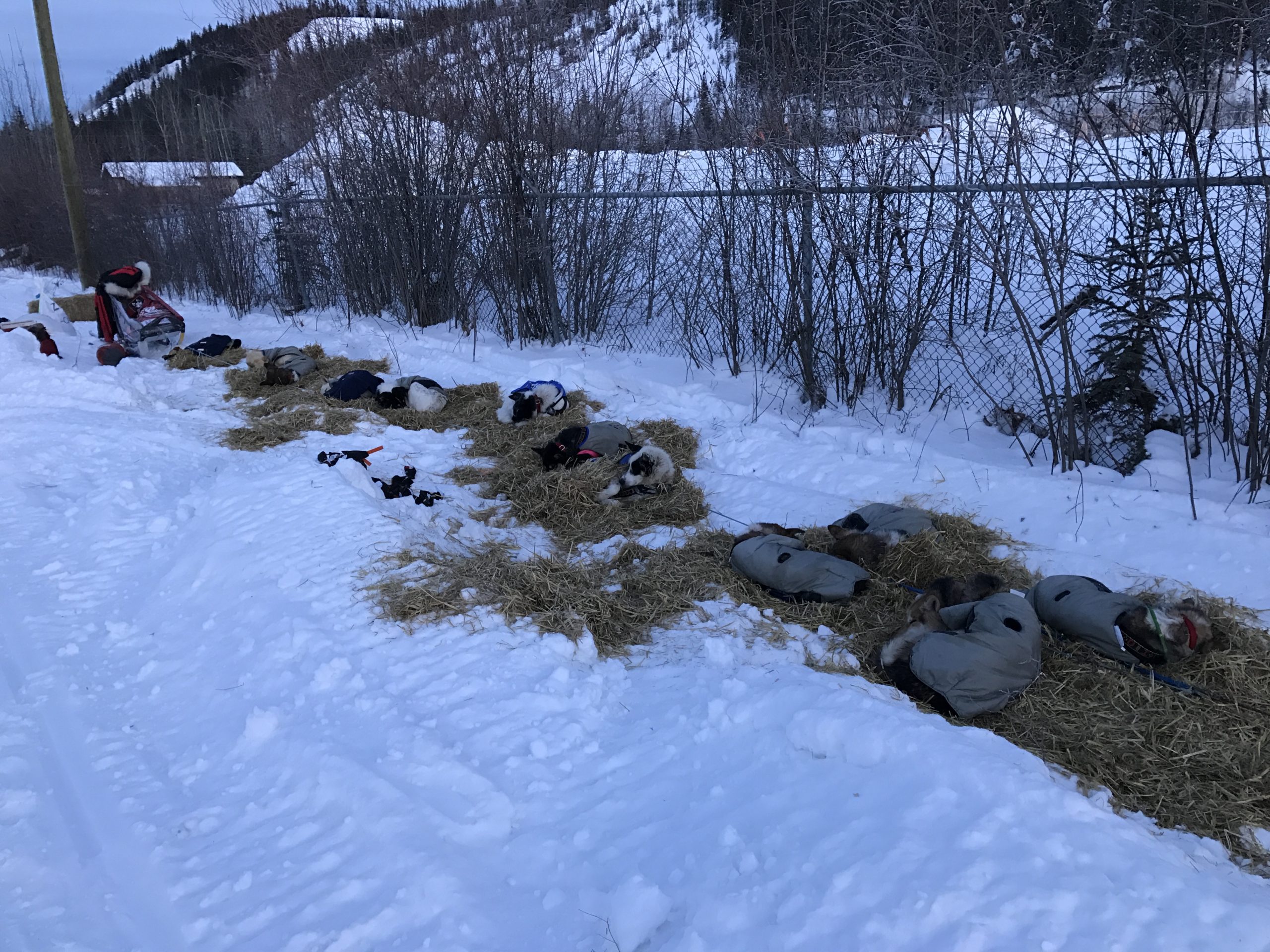
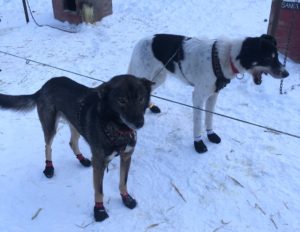
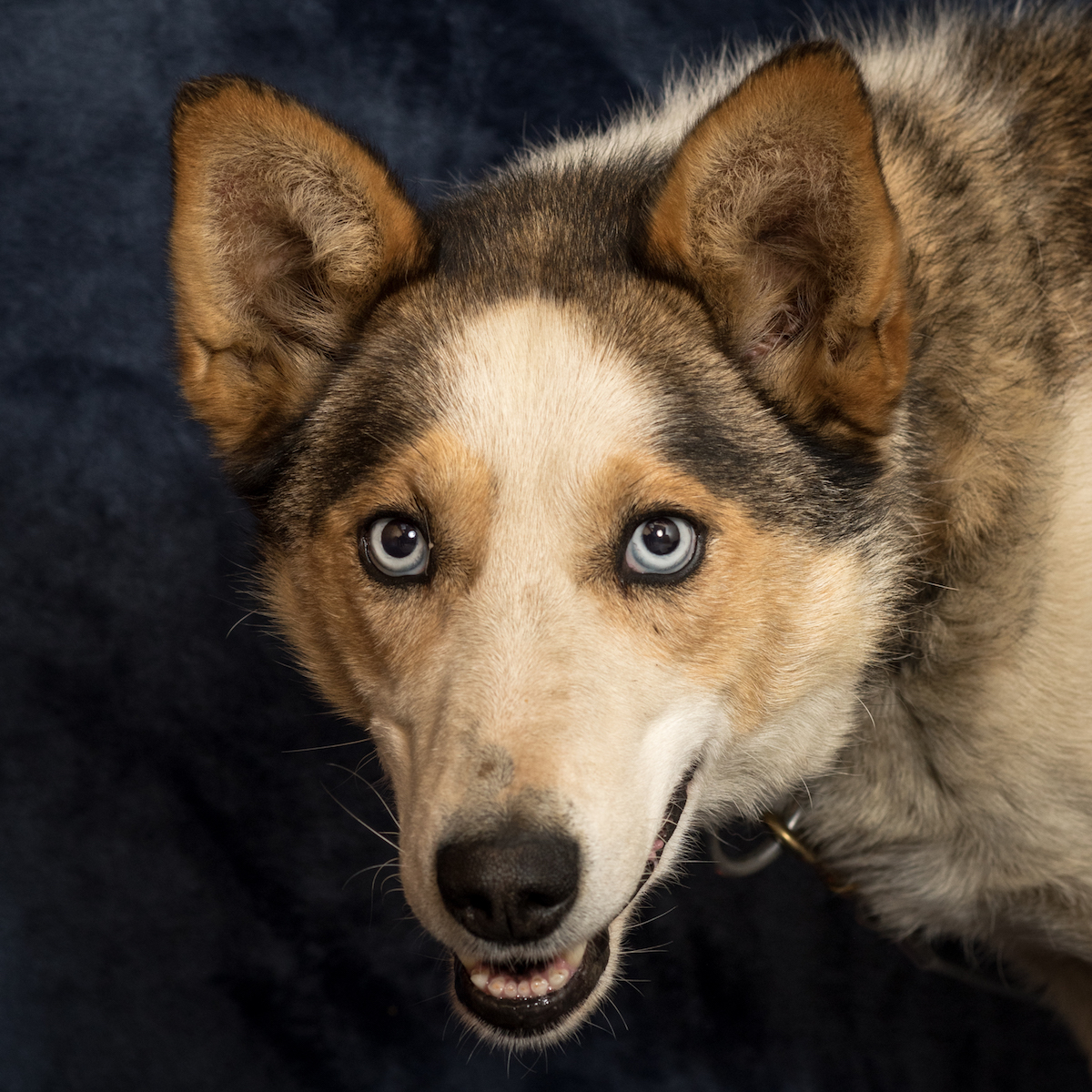
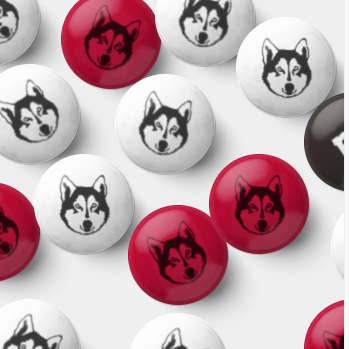
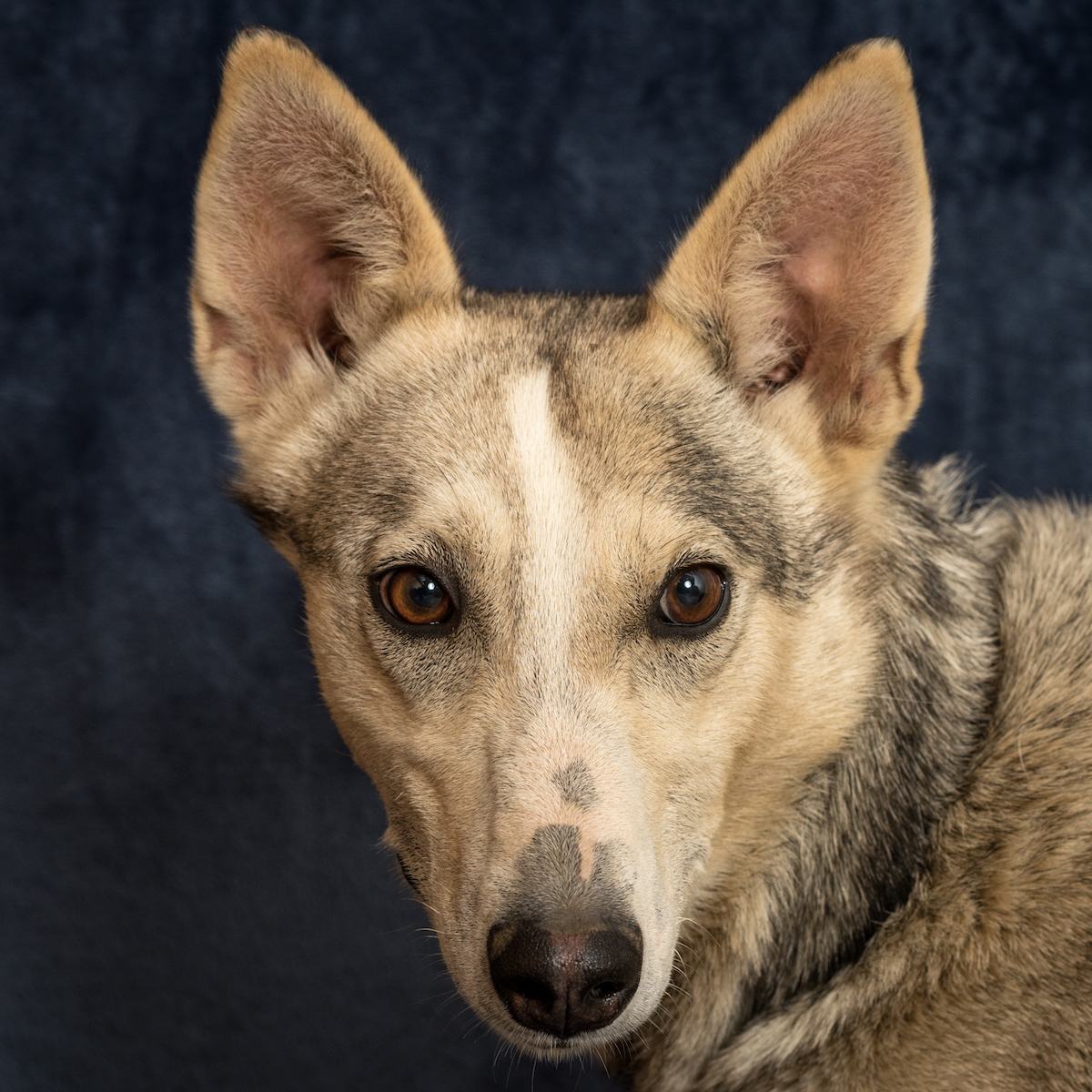
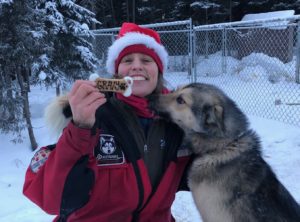 SP Kennel dogs have many fans across the globe. Fortunately that these fans are full of Christmas spirit.
SP Kennel dogs have many fans across the globe. Fortunately that these fans are full of Christmas spirit.
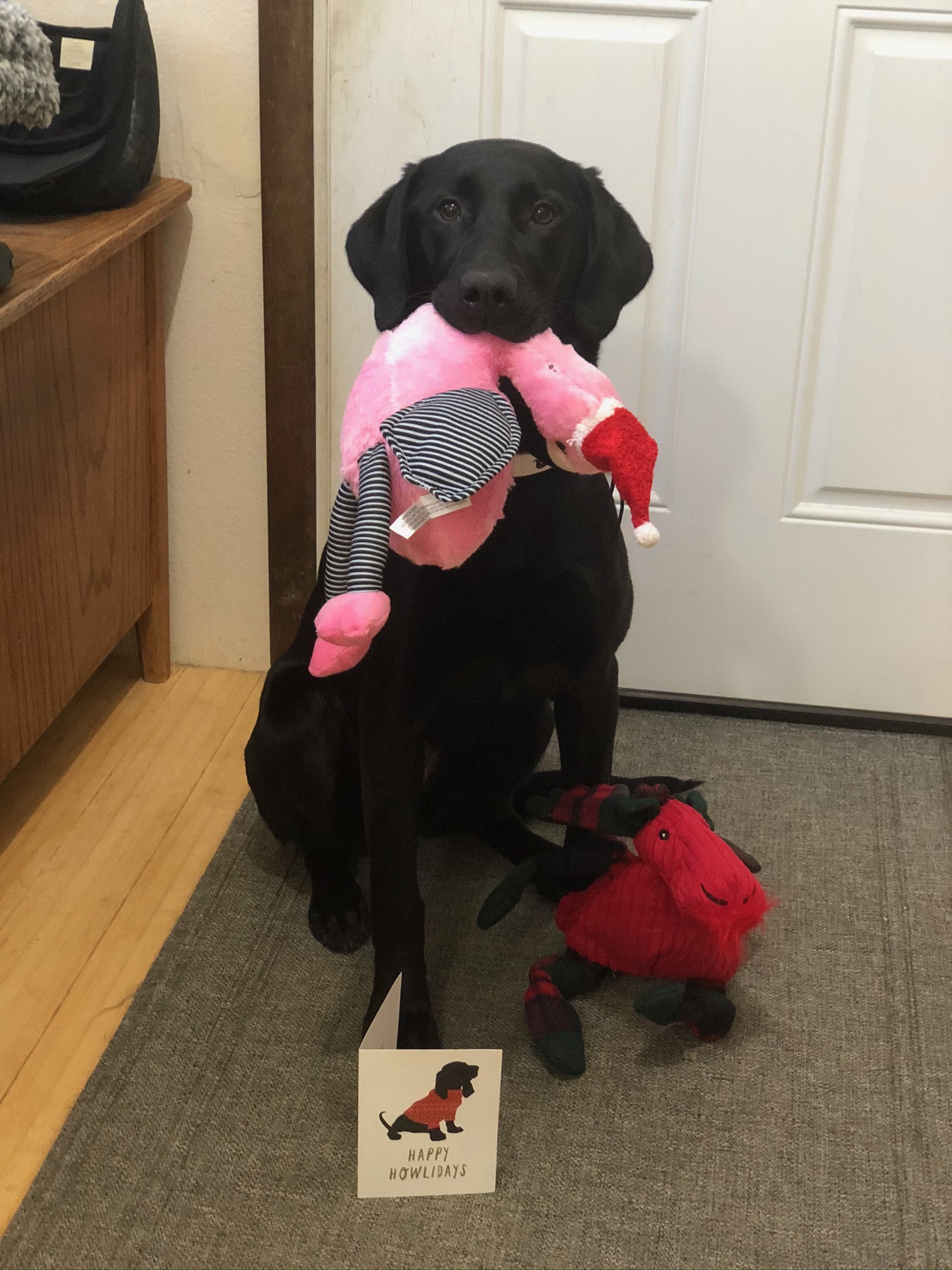
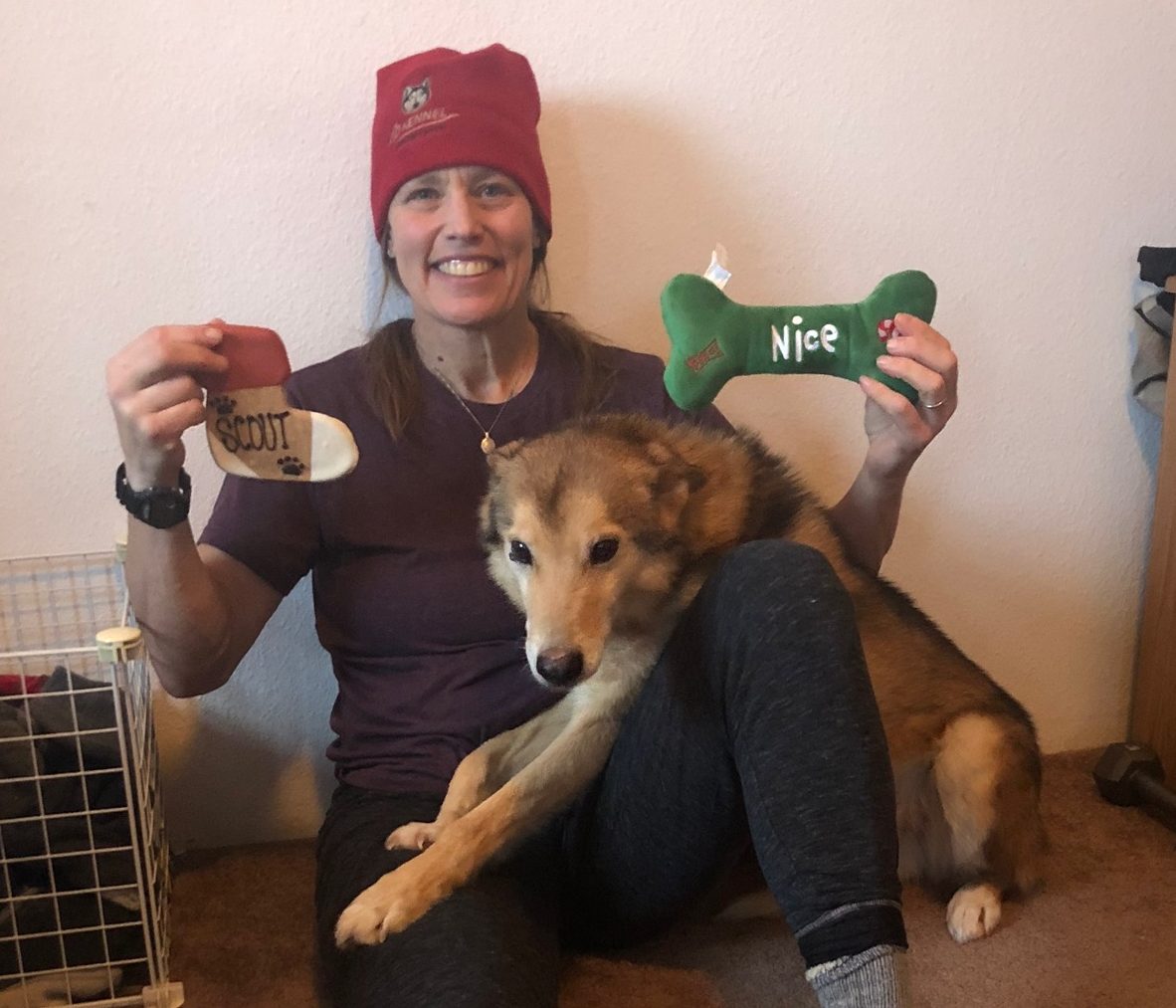
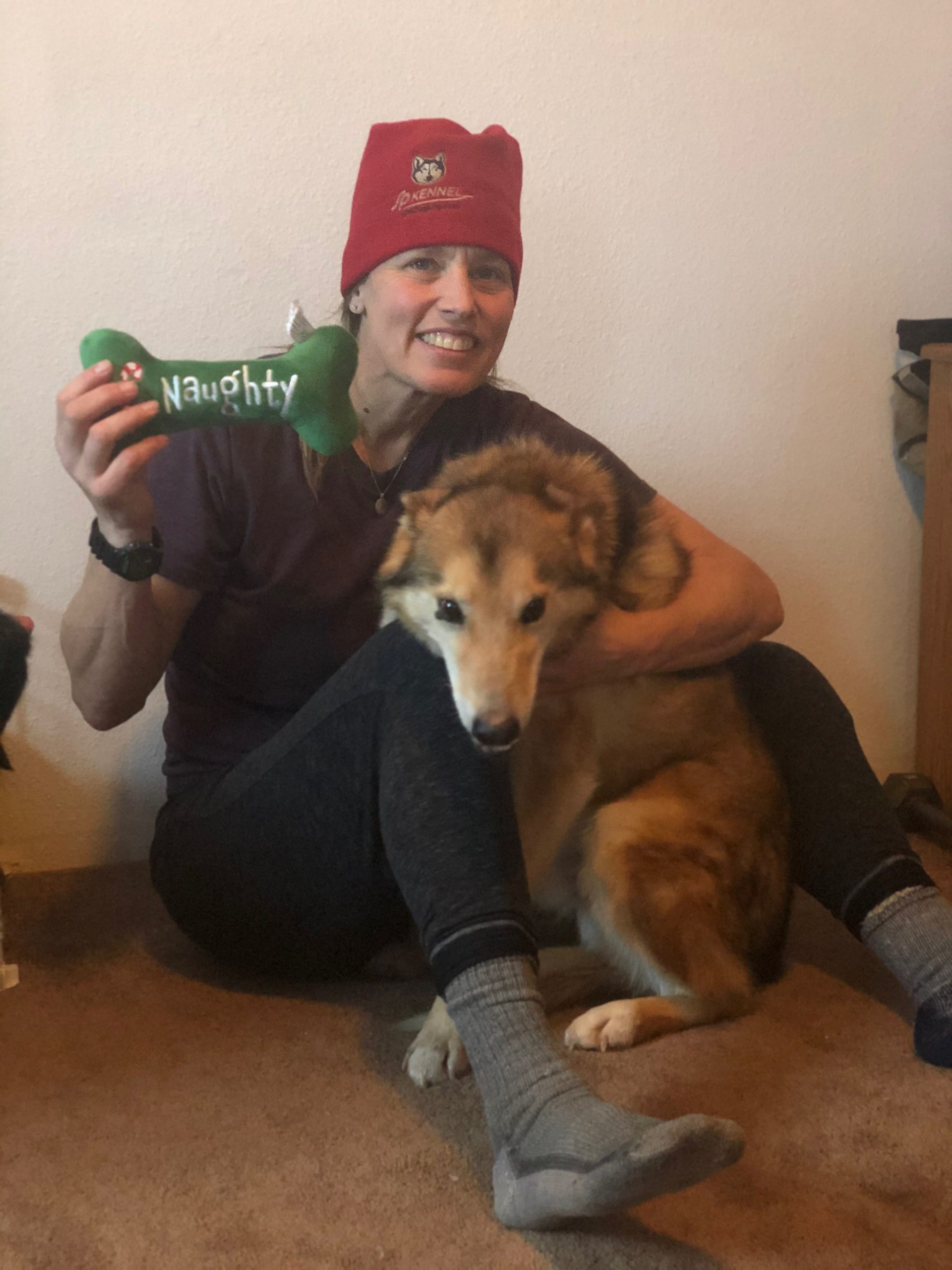
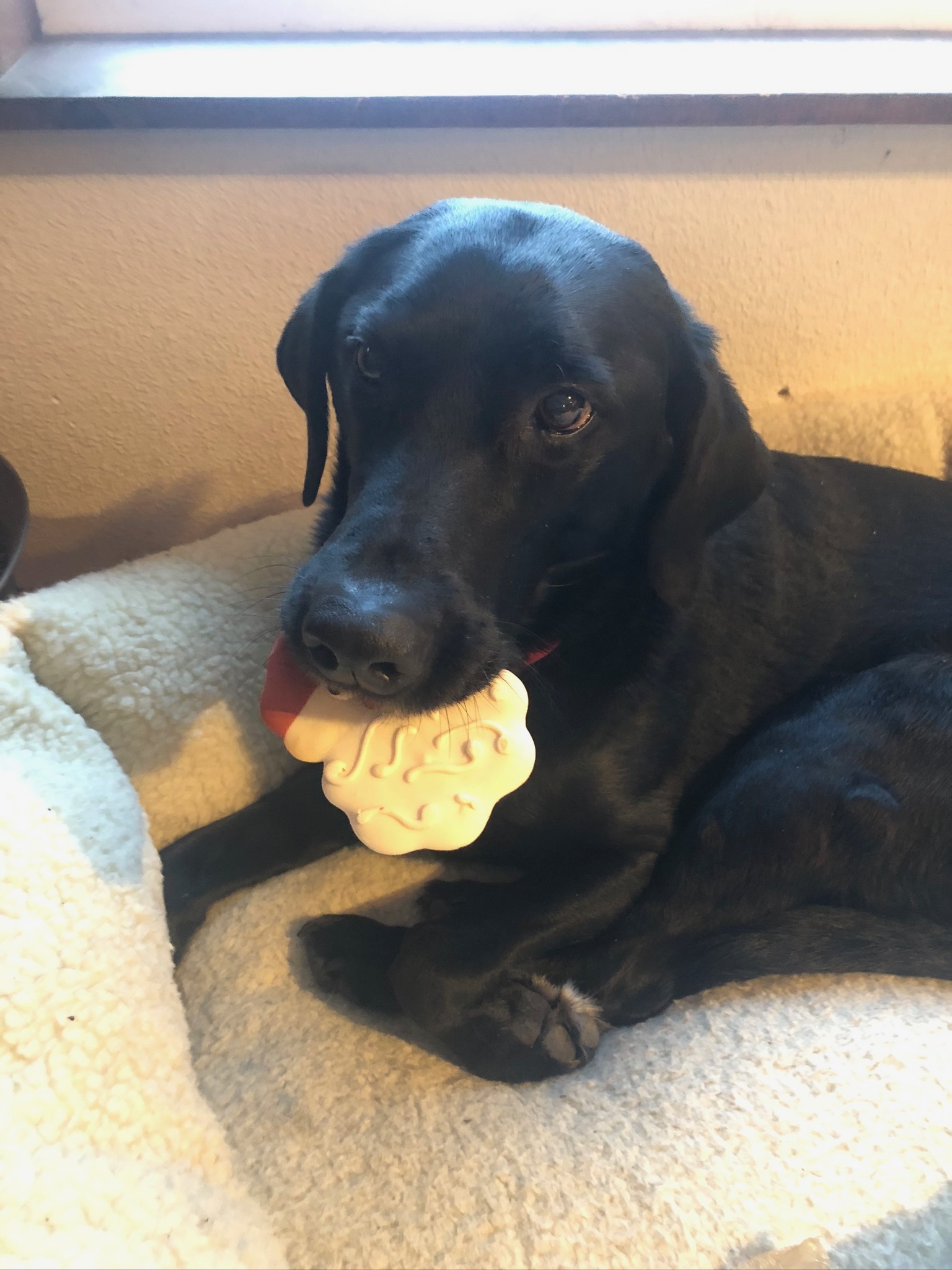
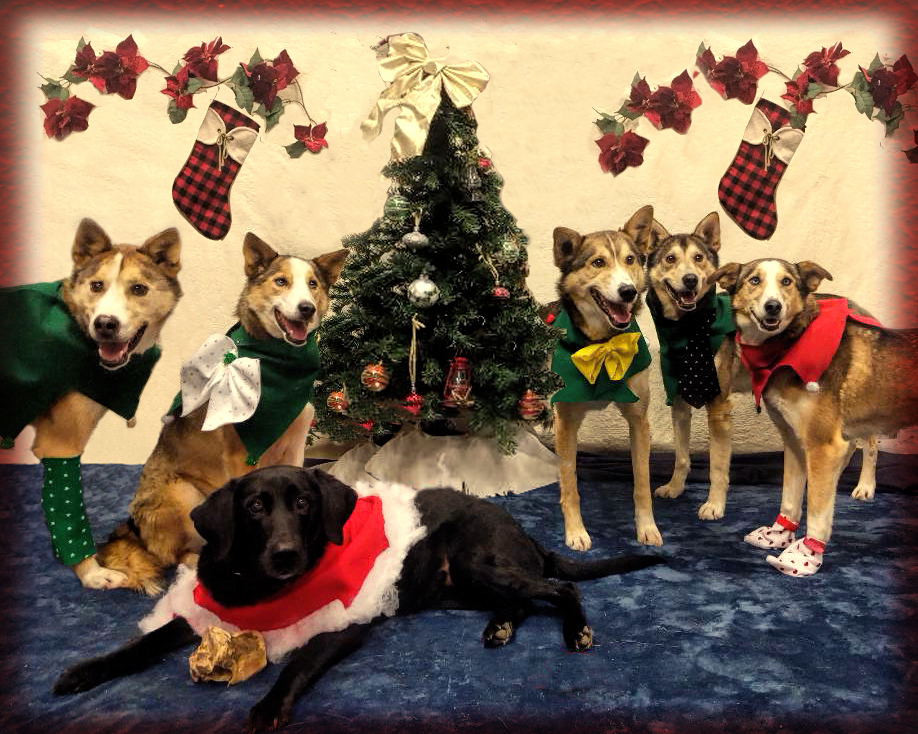
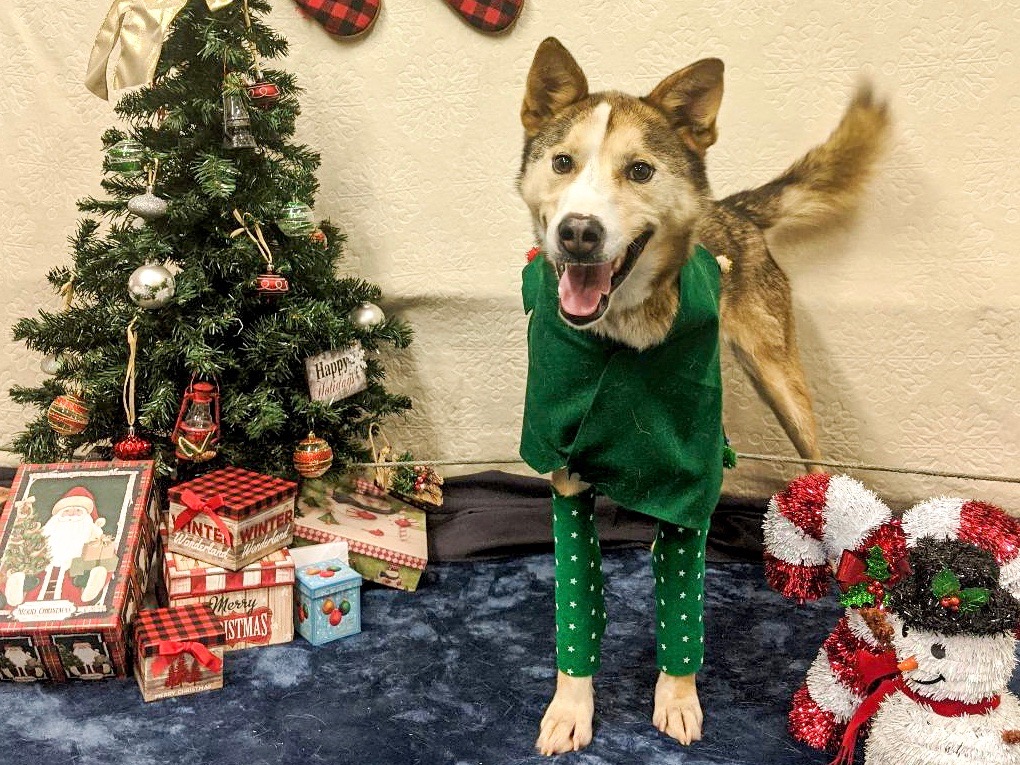
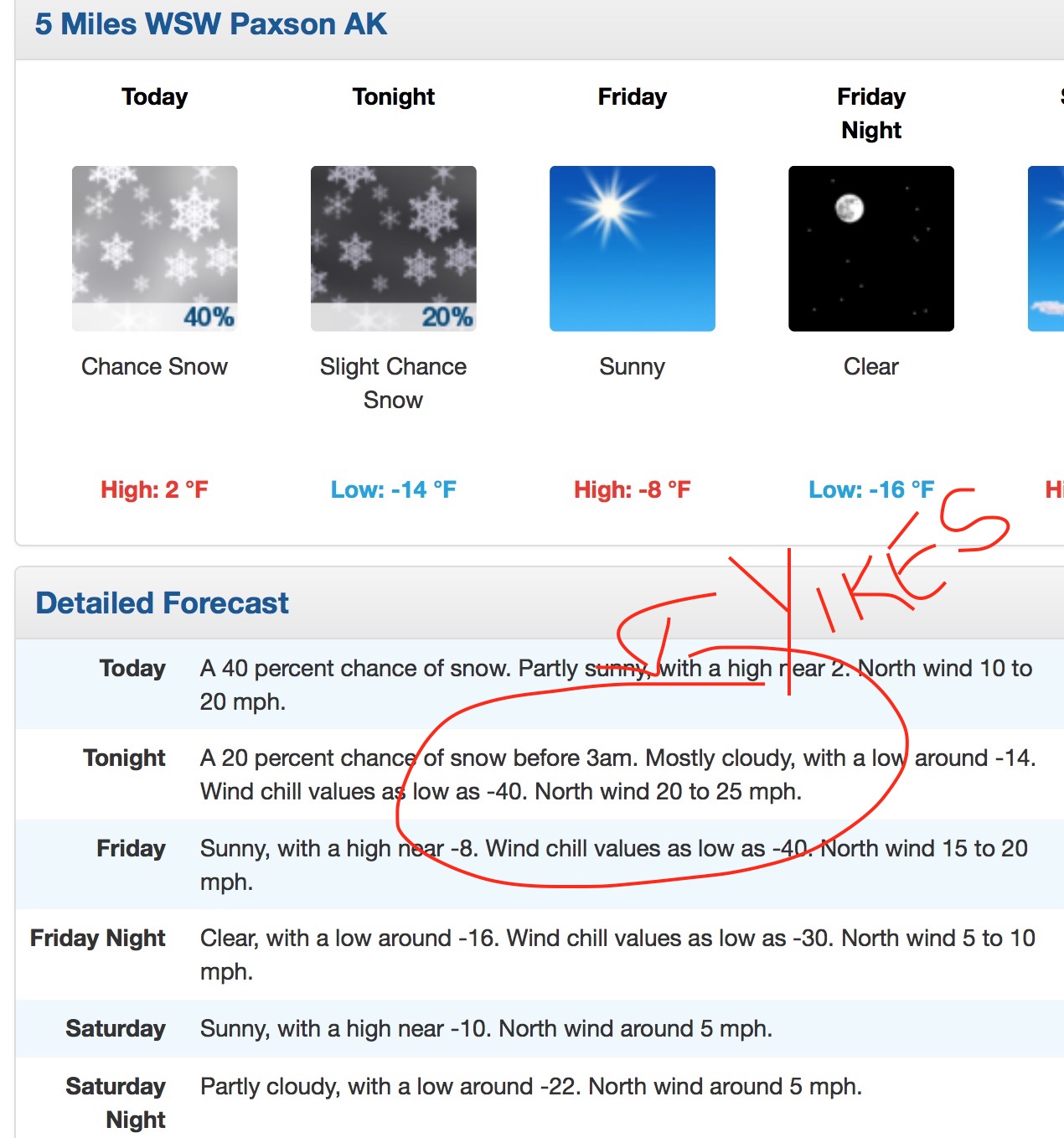
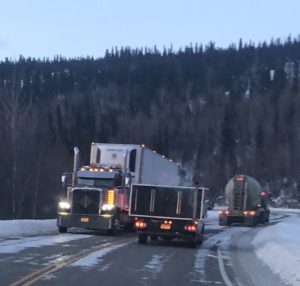 So after changing plans and sorting through gear, two mushers – Aliy and Allen – and 28 dogs in two trucks headed to the Whites Thursday afternoon.
So after changing plans and sorting through gear, two mushers – Aliy and Allen – and 28 dogs in two trucks headed to the Whites Thursday afternoon.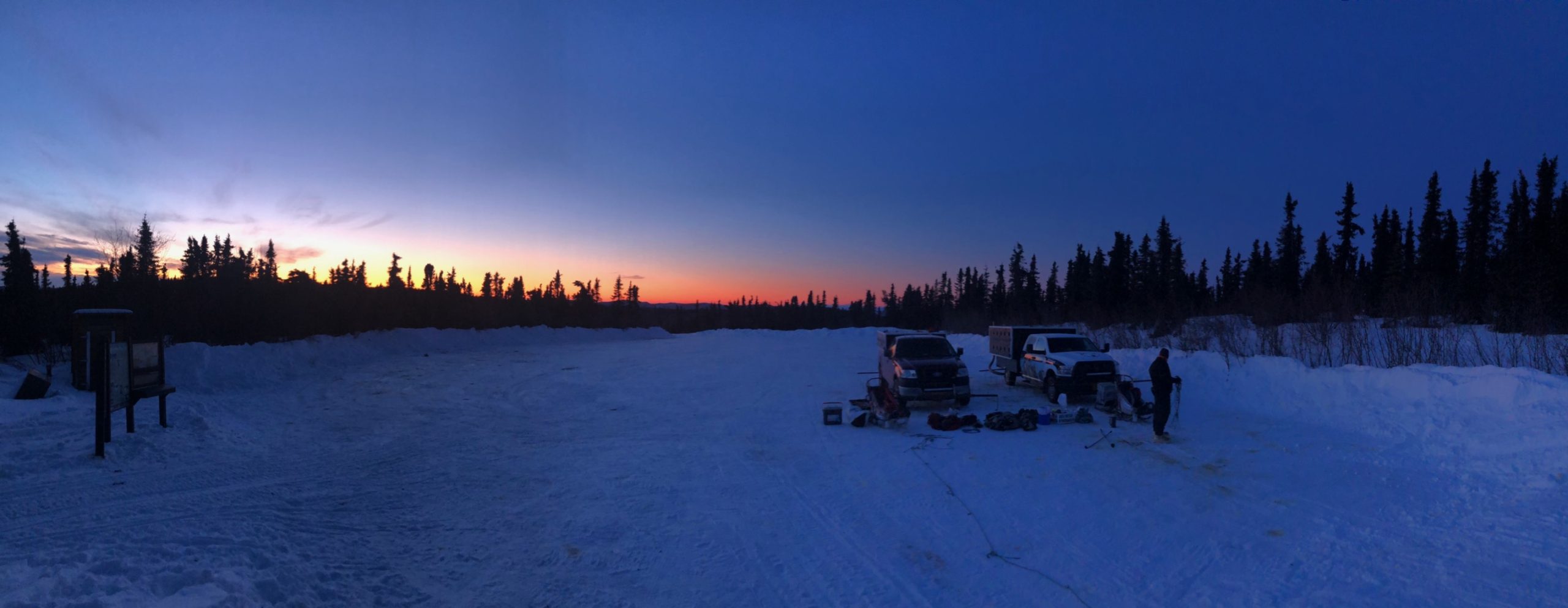
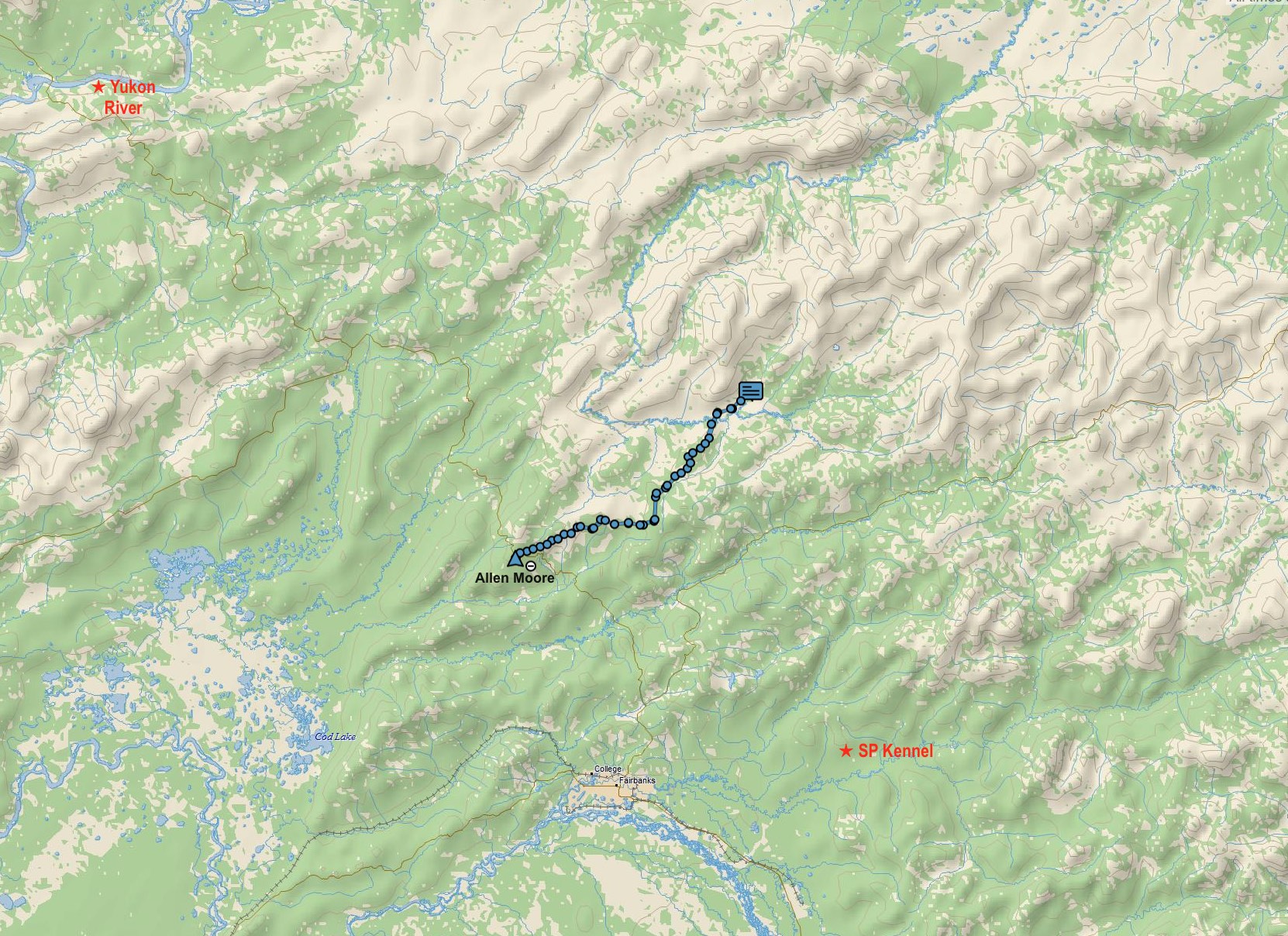
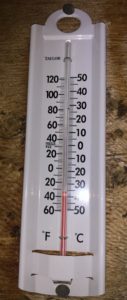 All 28 dogs and two mushers scooted down the trail all night Thursday and into Friday. The inReach tracker map (above) shows the teams’ progression into the mountains, down into Beaver Creek valley and across the creek then back up a southern slope of Cache Mountain.
All 28 dogs and two mushers scooted down the trail all night Thursday and into Friday. The inReach tracker map (above) shows the teams’ progression into the mountains, down into Beaver Creek valley and across the creek then back up a southern slope of Cache Mountain.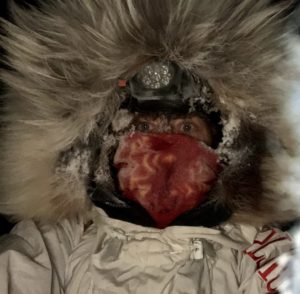 The turn around point was slightly higher in elevation so the ice fog cleared before we reached Cache Mountain cabin. The cabin’s thermometer showed the temperature at -33ºF. Practically balmy!
The turn around point was slightly higher in elevation so the ice fog cleared before we reached Cache Mountain cabin. The cabin’s thermometer showed the temperature at -33ºF. Practically balmy!